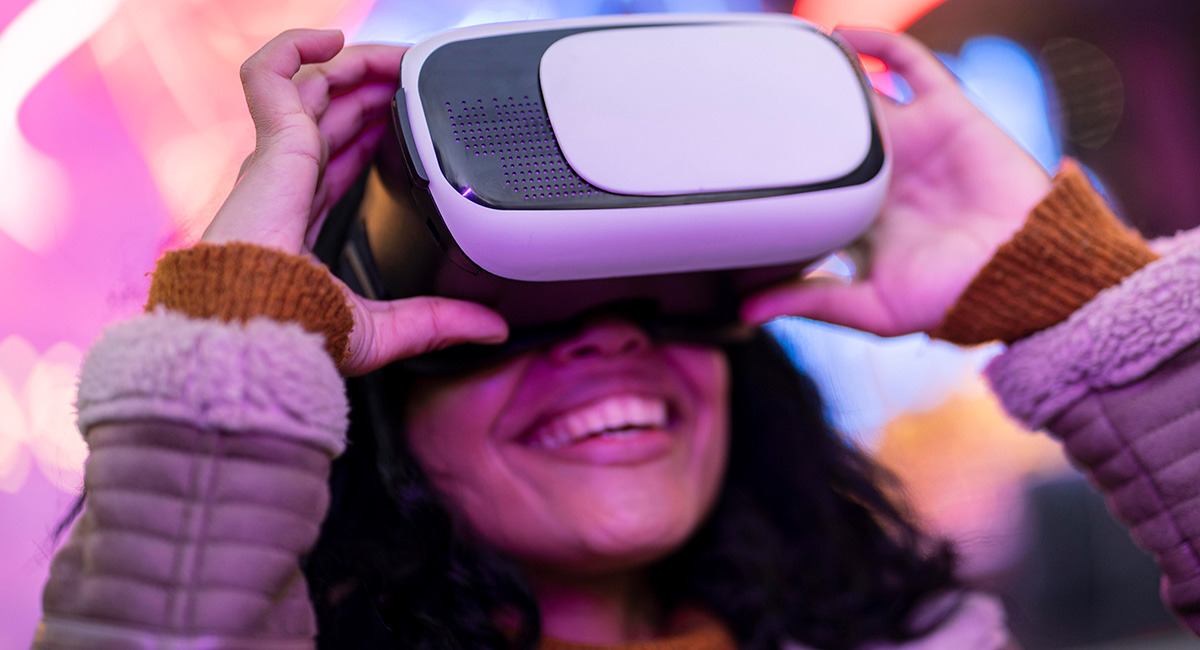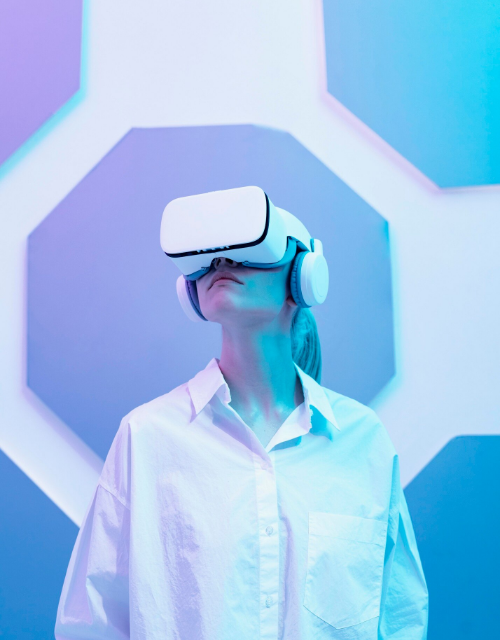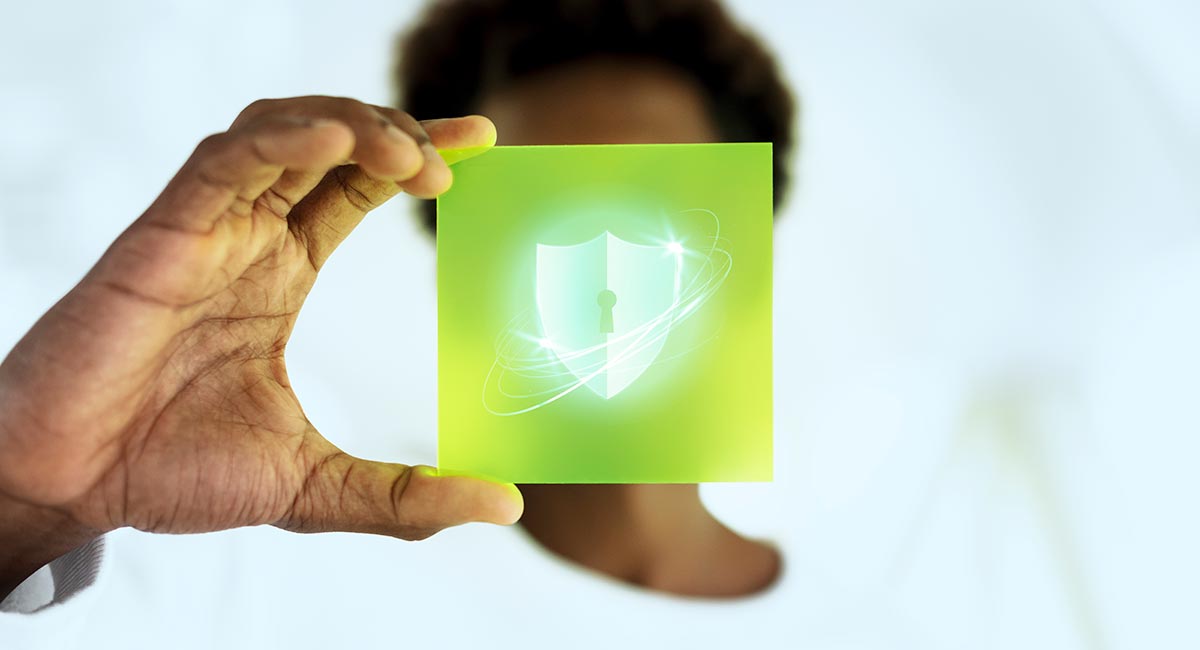
Virtual and augmented reality transforming digital communication and advertising

Digital communication
Virtual and augmented reality transforming digital communication and advertising
Virtual Reality (VR) and Augmented Reality (AR) are transforming the advertising and digital communications markets by offering more immersive and emotionally impactful experiences. The BBC, for example, has created ‘We Wait‘, a VR project that allows viewers to immerse themselves in the experience of a refugee boat crossing the Mediterranean, creating a more emotional and empathetic approach to the issue. Other media outlets, such as The New York Times, have also introduced 360-degree content, allowing news to be explored interactively.
This technological revolution is not only changing the way information is disseminated, but also the way audiences experience and interact with it, creating an emotional connection with the subject. This ability to combine reality with interactive storytelling has extended to advertising, creating new opportunities for meaningful interaction with consumers This ability to combine reality with interactive storytelling has extended to advertising, creating new opportunities for meaningful interaction with consumers. In this way, immersive advertising uses technology to capture attention and create interactions that drive purchases and develop greater long-term loyalty.


